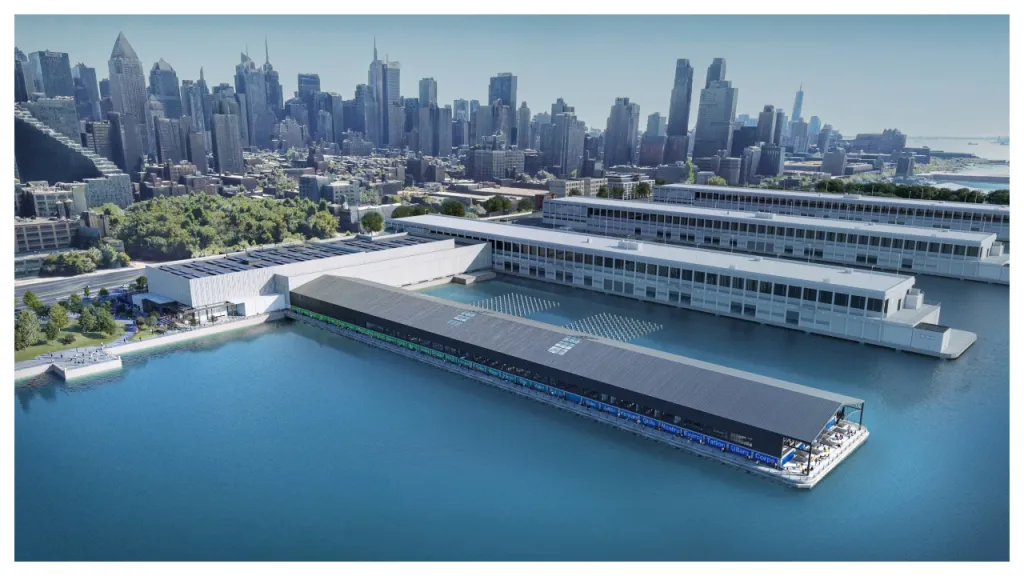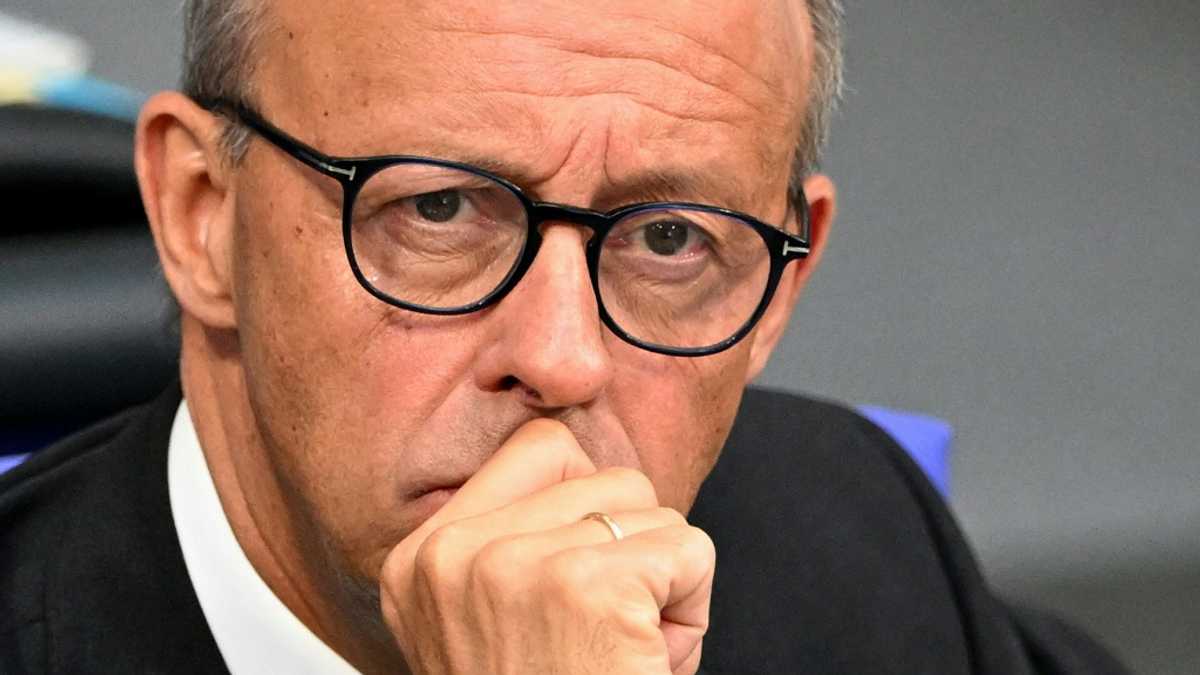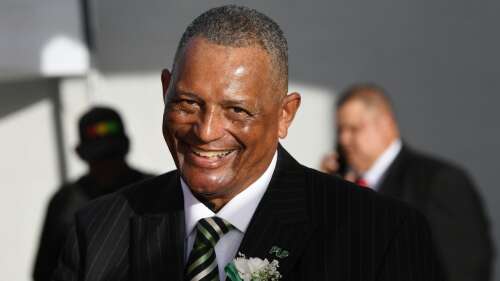
Sunset Studios has a long and successful history of running purpose-built soundstages in Los Angeles. The company, which is a joint venture between real estate outfit Hudson Pacific Properties and private equity firm Blackstone, operates two lots in Hollywood, one in West Hollywood and one in the Valley. So, when the opportunity came to expand to New York City, it felt like the perfect next step for the company.
Two years ago, Hudson Pacific Properties and Blackstone joined forces with office space giant Vornado Realty Trust for one of its most ambitious projects to date: Sunset Pier 94 Studios, Manhattan’s first, purpose-built soundstages. The project had already been in the works for a few years with Vornado until the three companies formed a private-public partnership with the New York City Economic Development Corp. and committed to $350 million for the effort. The aim was to make New York City’s studio offerings more competitive with new, state-of-the-art facilities on the Hudson River.
“We had been looking for expansion opportunities for a while,” says Sean Griffin, SVP of Sales and Business Development at Sunset Studios. “We had strong conviction in New York as a market and as one of the top production markets in the U.S. The state had been investing in keeping productions there through its tax credits, which they kept improving and building upon. Given that and our expertise in designing, building and running soundstages, it was an opportunity that we jumped at and gives the New York market a completely new, unique asset.”
Sunset Pier 94 is now months away from completion and Griffin says the studios are accepting bookings from January 2026. The 266,000 square-foot development boasts six soundstages with production control room facilities and 145,000 square feet of production support space, offices and onsite parking. There’s a 1,850 square-foot community amenity space, 25,000 square feet of waterfront open space and pier access and all stages have the technological infrastructure to adapt to virtual productions.
Located along the Hudson River and the West Side Highway and just a few blocks west of the Broadway theater district, it’s a prime location for productions looking to be in the heart of the Big Apple. In recent years, productions have often headed to Brooklyn, Queens or Yonkers.
“We’re really the only purpose-built independent studio in Manhattan,” Griffin says. “Otherwise, you’d have to go into one of the boroughs or go to New Jersey. The quality of build is top notch and being on the river allows us to provide this incredible experience and offer amenities and features to productions that they can’t get anywhere else.”
Griffin points to the ceiling height at the studios, which are 36-feet tall, and the high-quality of the soundstages. “The quality of the soundstages just makes production so much easier. The height of the stages is great for lighting, and it can allow you to even hang sets from the rafters so if you want to shoot one scene using one set, you can lift the set high enough so it’s no longer in camera view and then lower a second set. That way, you’re almost able to double up on space.”
Also a plus, says Griffin, is the amount of natural light that will be available in the space, given it is sitting on the water. “In Manhattan, tall buildings can often block direct sunlight but because we are on the water without many obstructions around us, it’s a really unique amenity to have all of that natural sunlight available to production.”
The idea, he says, is to house two to three productions at any given time with a primary target for single-camera television shows or films. “Five of the stages are really large stages and while they can absolutely support multi-camera TV and we have the infrastructure for that, we expect that single camera TV and film will be the top drivers for them.”
The sixth stage, he says, has been designed around the idea of multi-camera talk shows. “We’re in talks with a couple of those types of shows right now.”
“I do think we are hitting the market at exactly the right time,” Griffin says. “Production in the U.S. has been soft across all markets for the last two years, but we are really starting to see a lot more energy in the market. The dip in production volume that happened after the strikes has really persisted for a while and, since then, we’re now starting to see a lift in productions coming in.
“Between the renewed tax credits in California that were passed a few months ago and what is happening in New York, there’s just a renewed sense of vigor amongst the studios looking to produce more and produce more in the U.S.”



